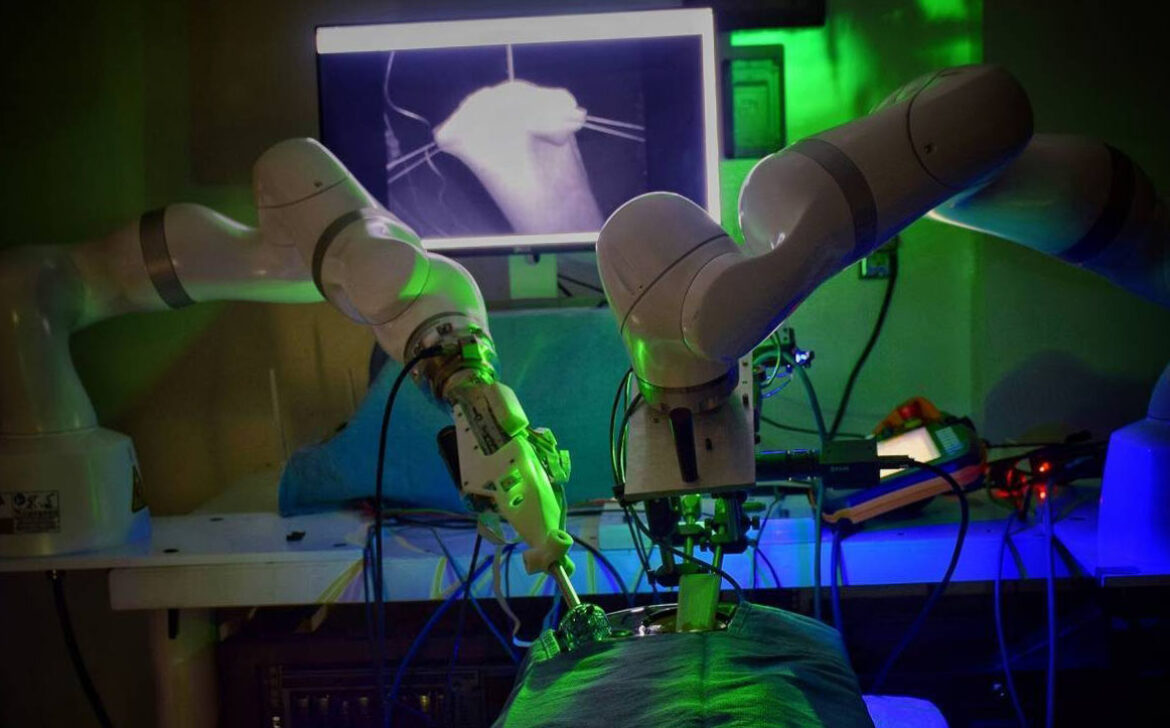Virtual Reality Therapy: Transforming Mental Health Treatment
In recent years, the landscape of mental health treatment has been undergoing a remarkable transformation with the emergence of virtual reality (VR) therapy. Traditional therapeutic methods are being augmented by immersive virtual experiences that offer new avenues for healing and personal growth. Virtual reality therapy is revolutionizing the way we address mental health issues, providing a powerful tool that enhances accessibility, engagement, and effectiveness in treatment.
Understanding Virtual Reality Therapy
Virtual reality therapy involves using immersive digital environments to simulate real-life scenarios that help individuals confront and manage various mental health challenges. Through VR headsets and interactive simulations, patients can expose themselves to triggering situations in a controlled and supervised environment, ultimately enabling them to confront their fears, anxieties, and traumas.
Applications in Mental Health Treatment
- Anxiety Disorders: VR therapy has proven particularly effective in treating anxiety disorders like phobias, social anxiety, and post-traumatic stress disorder (PTSD). Patients can engage in exposure therapy within a safe environment, gradually building resilience and reducing avoidance behaviors.
- Depression: VR environments can simulate mood-enhancing scenarios, engaging patients in activities that promote positive emotions and increase motivation. These experiences have the potential to complement traditional therapeutic approaches.
- Pain Management: VR therapy has shown promise in pain management by diverting patients’ attention away from physical discomfort and creating calming environments that facilitate relaxation.
- Stress Reduction: Guided relaxation exercises in virtual settings can help individuals manage stress and practice mindfulness, fostering a sense of calm and emotional well-being.
- Social Skills Training: Individuals with social difficulties can use VR therapy to practice and refine their interpersonal skills by engaging in realistic social interactions.
Advantages of Virtual Reality Therapy
- Immersive Exposure: VR provides a safe and controlled environment for exposure therapy, enabling patients to confront fears and triggers at their own pace.
- Engagement: The immersive nature of VR captures patients’ attention, increasing their engagement in therapy sessions and improving outcomes.
- Personalization: VR experiences can be tailored to individual needs, allowing therapists to create scenarios that are most relevant to the patient’s challenges.
- Privacy and Confidentiality: Patients can engage in therapy sessions from the comfort of their own homes, maintaining a sense of privacy and confidentiality.
- Accessible and Inclusive: VR therapy can reach individuals who might face barriers to traditional in-person therapy, including physical limitations or geographical constraints.
Challenges and Future Prospects
While virtual reality therapy offers promising benefits, there are challenges to consider, such as the cost of VR equipment and the need for well-designed, evidence-based experiences. However, ongoing advancements in technology, along with increased research and development, are likely to address these challenges over time.
Conclusion
Virtual reality therapy is transforming the landscape of mental health treatment, offering innovative and effective interventions for a range of disorders. By leveraging the power of immersive environments, VR therapy provides a unique opportunity for individuals to confront their challenges in a controlled and supportive setting. As technology continues to evolve, the potential for virtual reality therapy to reshape mental health treatment is substantial, providing hope for a future where healing and growth are more accessible and personalized than ever before.










